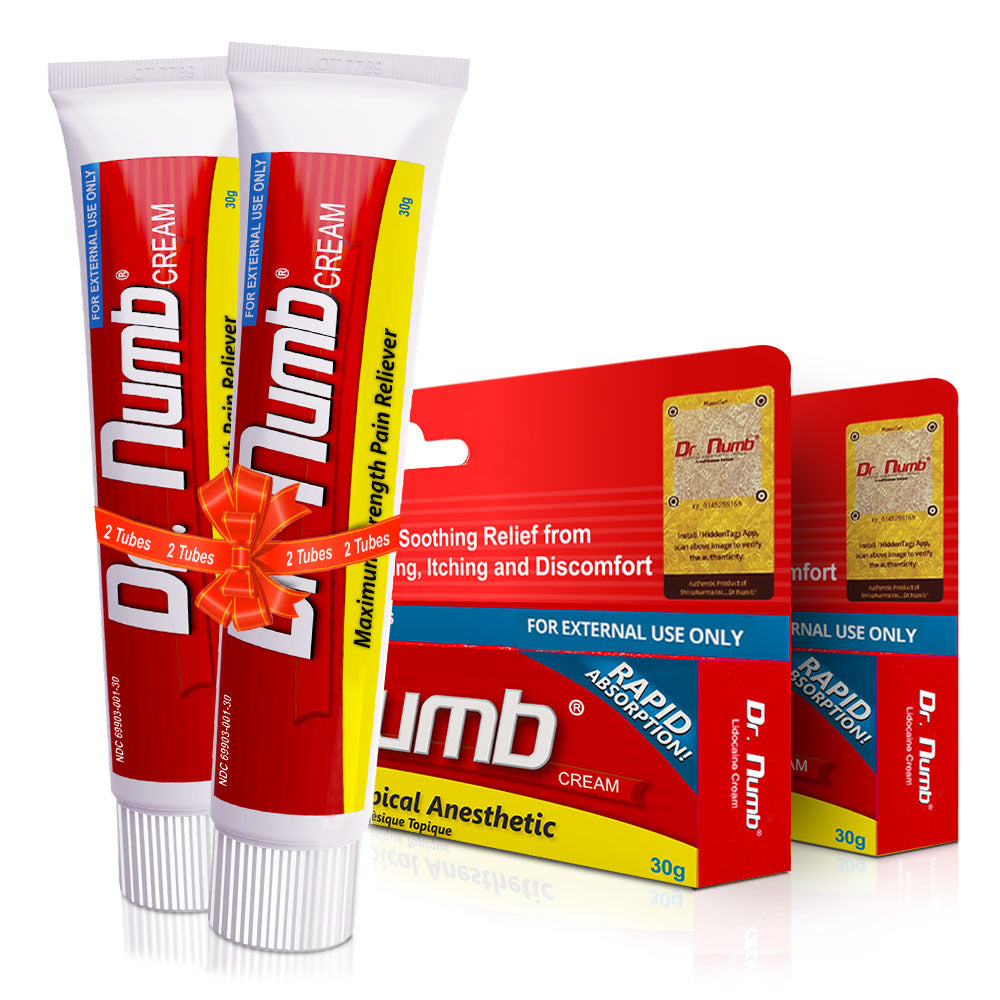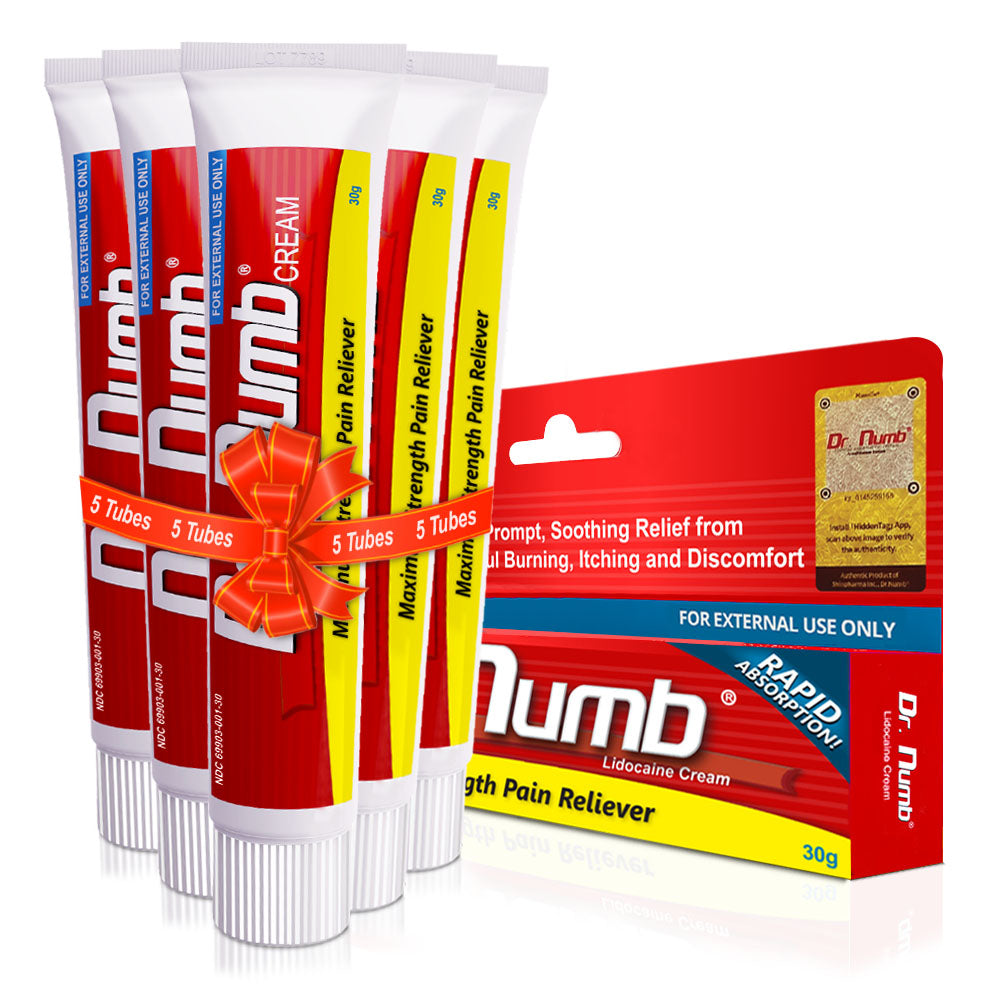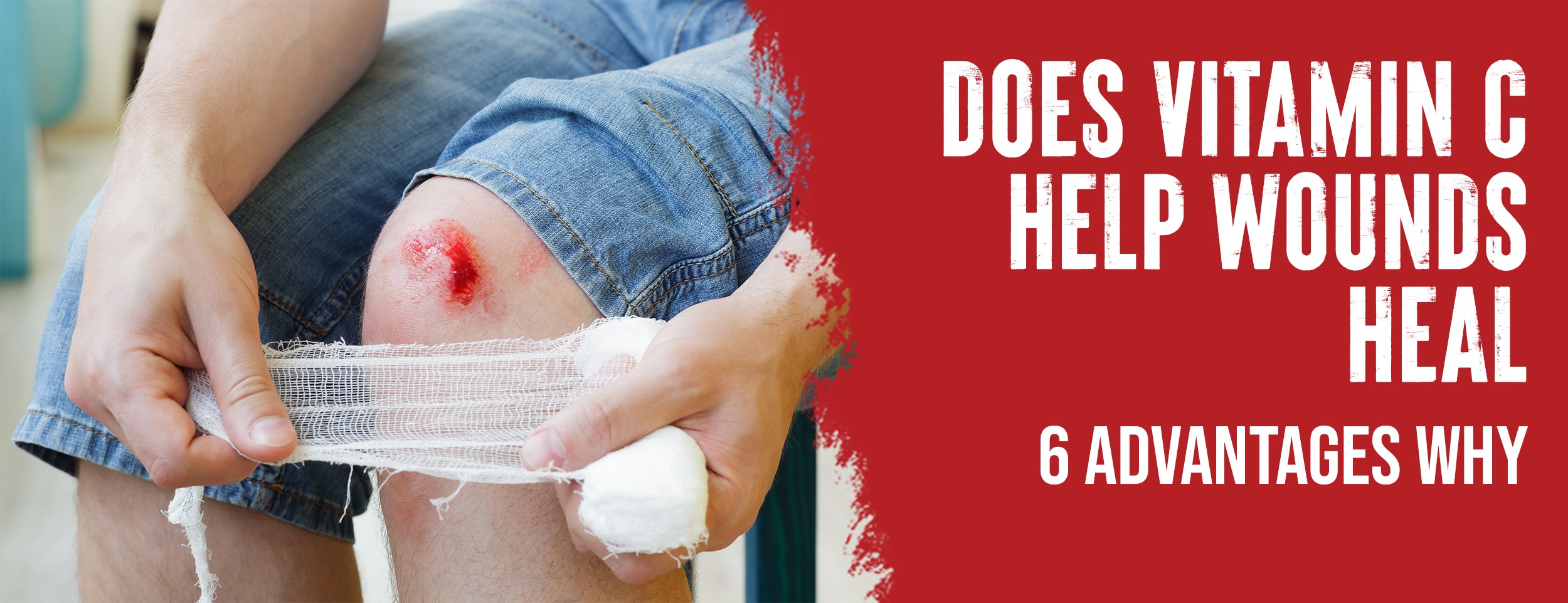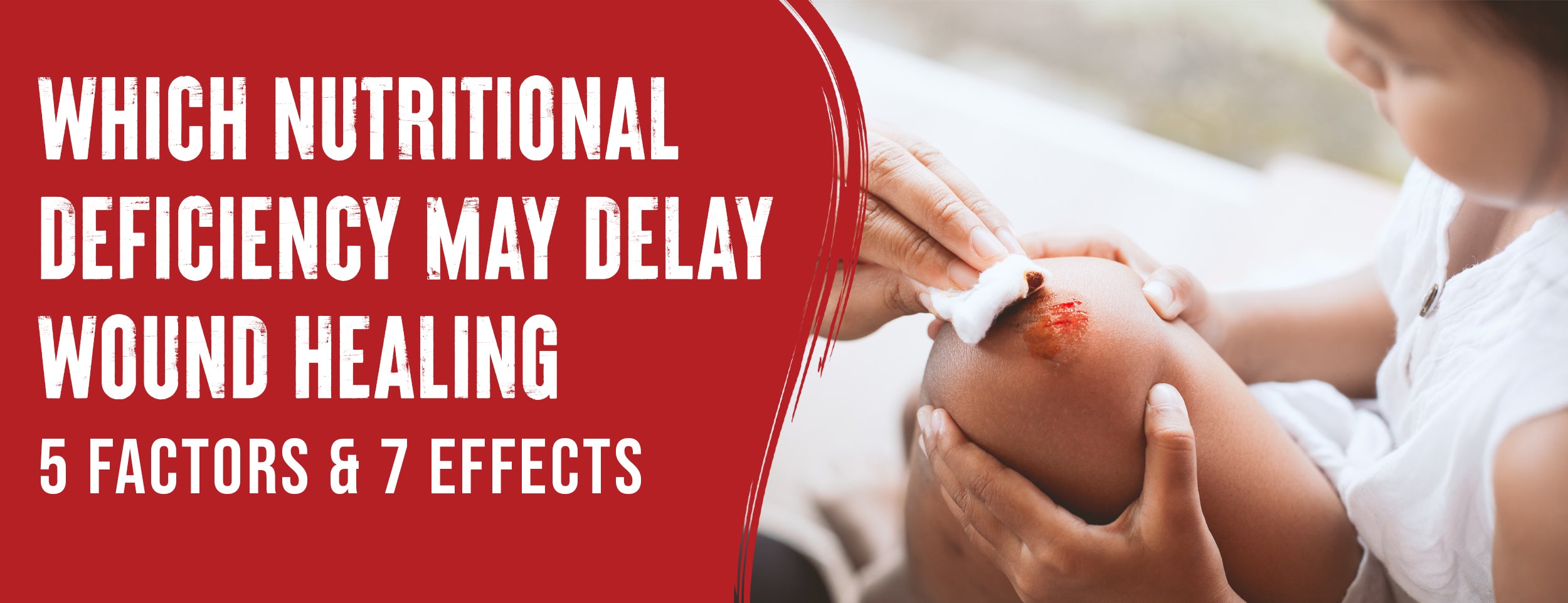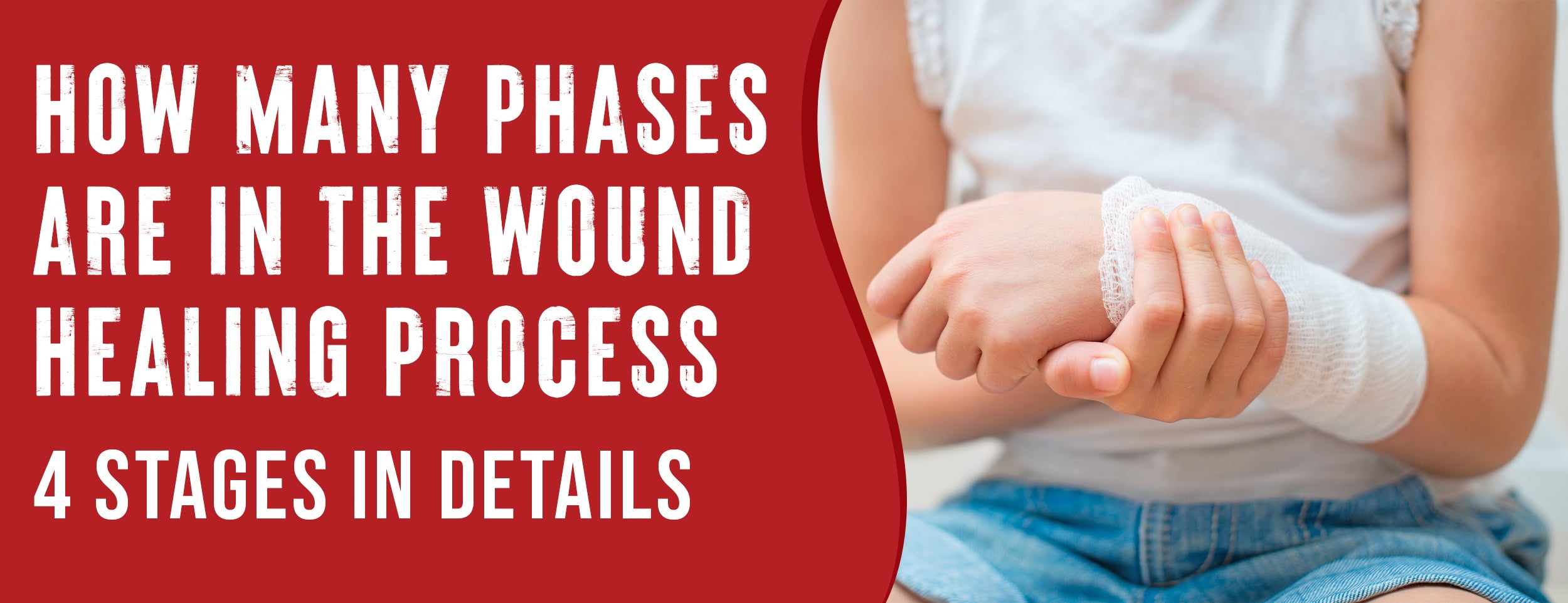People who experiencepoor wound healing due to the effects of diabetes on the nerves and blood vessels might also experience other complications. These include heart disease, kidney disease, and eye problems. If an untreated wound becomes infected, the infection may spread locally to muscle and bone.
It's crucial to understand why some wounds don't heal and how to manage and prevent them correctly. These wounds can be persistent and challenging to heal, leading to long-term disability and, in some cases, even amputations.
This blog post delves into the factors contributing to diabetic wounds, their impact on patients, and the best management and prevention strategies.
Diabetic Wound not Healing: 6 Factors [Responsible]

When it comes to understanding why diabetic wounds struggle to heal as expected, a multifaceted array of factors comes into play. These intricately interwoven elements create an environment that can hinder the body's natural healing processes.
By comprehending these factors, we can better appreciate the challenges faced by individuals dealing with diabetic wounds and the importance of comprehensive care strategies.
Poor Circulation
Reduced blood flow can significantly hinder wound healing in individuals with diabetes. The circulatory system delivers nutrients, oxygen, and immune cells to the wound site. Poor circulation, often resulting from damaged blood vessels, can significantly slow down or even halt the healing process. Factors that contribute to poor circulation include:
- Vascular damage caused by prolonged high blood sugar levels.
- Narrowing and hardening of blood vessels (atherosclerosis).
- Increased risk of blood clots.
Nerve Damage
Diabetic neuropathy, a nerve-related complication of diabetes, can profoundly impact wound healing. Nerve damage can result in reduced or complete loss of sensation in the affected area, making it difficult for individuals to detect injuries or changes in the wound's condition. This lack of sensory awareness can lead to delayed wound treatment and increased vulnerability to infection.
High Blood Sugar Levels
Elevated blood sugar levels, a hallmark of diabetes, can wreak havoc on the body's healing mechanisms. Hyperglycemia interferes with several key aspects of wound healing, including:
- Impaired white blood cell function affects the immune response.
- Slowed collagen production, essential for wound closure.
- Reduced formation of new blood vessels (angiogenesis) crucial for supplying nutrients to the wound site.
Infection
Diabetic wounds provide an inviting environment for bacterial growth and infection. Compromised circulation, impaired immune function, and high glucose levels create a scenario where infections can thrive. Infection further impedes healing and can lead to more severe complications, such as cellulitis or osteomyelitis.

Impaired Immune System
A well-functioning immune system is pivotal for effective wound healing. Diabetes can weaken the immune response, making it harder for the body to fight off invading pathogens. This vulnerability can extend the wound-healing process and increase the risk of complications.
Pressure on the Affected Area
Continuous pressure on a diabetic wound, particularly in weight-bearing regions like the feet, can impede blood flow and disrupt healing. Pressure ulcers or sores can develop, exacerbating the existing wound and making recovery even more challenging.
Diabetic Wound Not Healing: 4 Worse Impact
Diabetic wounds pose immediate health risks and have far-reaching consequences beyond physical well-being. Recognizing these potential impacts highlights the urgency of addressing diabetic wound management comprehensively.
Risk of Amputation

One of the most alarming consequences of untreated or poorly managed diabetic wounds is the heightened risk of amputation. In severe cases, infection and tissue damage can progress to a point where amputation becomes the only viable option to prevent further complications.
Long-Term Disability
Untreated diabetic wounds can lead to long-term disability, restricting mobility and diminishing an individual's overall quality of life. Reduced mobility can impact daily activities and independence, requiring significant adjustments to lifestyle and routine.
Financial Burden
The financial implications of diabetic wounds extend beyond medical expenses. Costs associated with prolonged treatments, medications, assistive devices, and potential hospitalizations can burden individuals and their families substantially.
Emotional Toll on Patients and Caregivers
The journey of managing diabetic wounds takes an emotional toll on both patients and their caregivers. Chronic pain, anxiety about potential complications, and the challenges of adhering to complex treatment regimens can lead to emotional distress. Caregivers, in turn, may experience stress and burnout as they navigate the demands of supporting their loved ones.
Diabetic Wound Not Healing: Management and Prevention
Effectively managing diabetic wounds requires a comprehensive approach that addresses the underlying causes and specific wound care needs. By implementing a well-rounded management plan, individuals with diabetes can enhance the likelihood of successful wound healing and reduce the risk of complications.
Proper Diabetes Management
The maintenance of optimal blood sugar levels promotes the body's natural healing processes. A diligent approach to diabetes management can positively influence wound healing and minimize the risk of chronic complications. Key strategies include:
- Regular monitoring of blood glucose levels.
- Adherence to prescribed medications, including insulin and oral antidiabetic agents. Nutritional and fiber-rich diets.
- Improve insulin sensitivity by engaging in regular physical activity.
Wound Care

Attentive wound care is pivotal in preventing infection and facilitating the healing process. Proper wound care includes:
- Gentle cleansing of the wound using mild soap and water.
- Application of sterile dressings to protect the wound and promote a moist healing environment.
- Regularly assess the wound's progress and any signs of infection or deterioration.
- Avoidance of excessive moisture, which can contribute to bacterial growth.
Antibiotics
In cases where infection is present or suspected, the judicious use of antibiotics can be crucial. Healthcare professionals may prescribe antibiotics to prevent or treat bacterial infections, helping to prevent further complications that could impede wound healing.
Surgical Interventions
In situations where conservative measures prove insufficient, surgical interventions may be necessary to promote healing and prevent wound progression. Surgical options include:
- Debridement: Removal of dead or infected tissue to facilitate healthy tissue regeneration.
- Skin grafts or tissue flaps: Transplanting healthy tissue to the wound site to aid healing.
- Amputation: In severe cases of extensive infection or tissue damage, amputation may be considered preventing further complications.
Prevention of Diabetic Wounds
While effective management is crucial, prevention remains the cornerstone of diabetic wound care. Proactive measures can significantly reduce the risk of developing wounds and minimize the potential for long-term complications.
Foot Care
Given the susceptibility of the feet to diabetic wounds, meticulous foot care is paramount. This includes:
- Daily inspection of the feet for any signs of redness, swelling, blisters, or cuts.
- Proper trimming of toenails to prevent ingrown nails and potential injuries.
- Wearing comfortable, well-fitting shoes and avoiding high heels or tight footwear.
- Regular moisturization to prevent dry, cracked skin.
Regular Check-ups
Frequent medical check-ups allow healthcare professionals to monitor your overall health and detect potential issues early. Regular check-ups should include:
- Foot exams to assess nerve sensation and circulation.
- Comprehensive blood tests to monitor glucose levels and other relevant markers.
- Evaluation of blood pressure and cholesterol levels.
Blood Sugar Control

Maintaining stable blood sugar levels prevents complications, including diabetic wounds. Strategies to achieve optimal blood sugar control include:
- Consistent monitoring and adjustment of medications as prescribed.
- Regular physical activity improves insulin sensitivity.
- Maintain a balanced diet rich in whole grains, lean proteins, fruits, and vegetables.

Lifestyle Modifications
Adopting a healthy lifestyle can contribute significantly to diabetes management and wound prevention. Essential lifestyle modifications include:
- Cessation of smoking, as smoking impairs circulation and hinders wound healing.
- Limiting alcohol consumption to moderate levels, as excessive alcohol can affect blood sugar control.
- Managing stress through relaxation techniques, exercise, and mindfulness.
Education and Awareness
You can safeguard your health by educating yourself about diabetes and wound prevention. Education includes:
- Learning proper wound care techniques and when to seek medical attention.
- Attending diabetes education programs to enhance your understanding of the condition.
- Supporting groups to share experiences and gain insights from others.
Conclusion
Diabetic wounds can be a severe problem for those struggling with chronic wounds. It's critical to understand what contributes to diabetic wounds not healing and the best treatment and prevention methods.
With proper diabetes management, wound care, and prevention techniques, individuals with diabetic wounds can avoid long-term disability, financial burden, and emotional stress. Taking care of yourself and seeking medical intervention promptly to avoid further health complications is essential.




